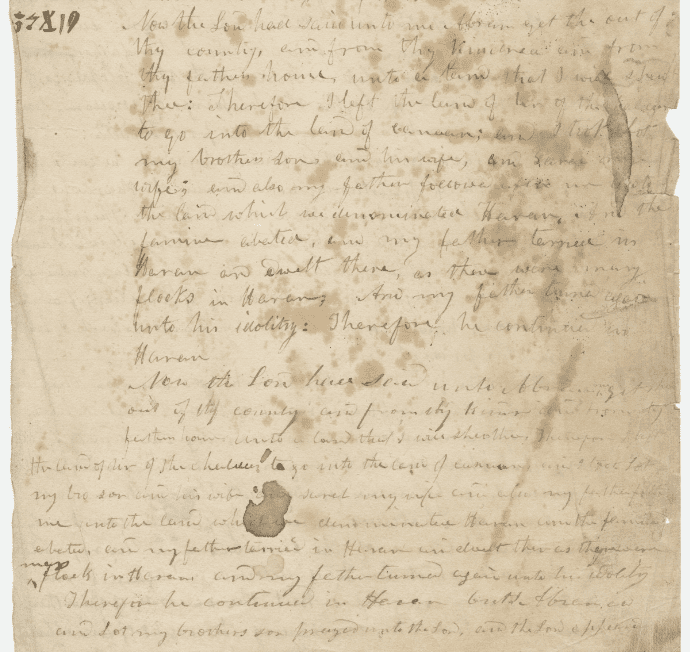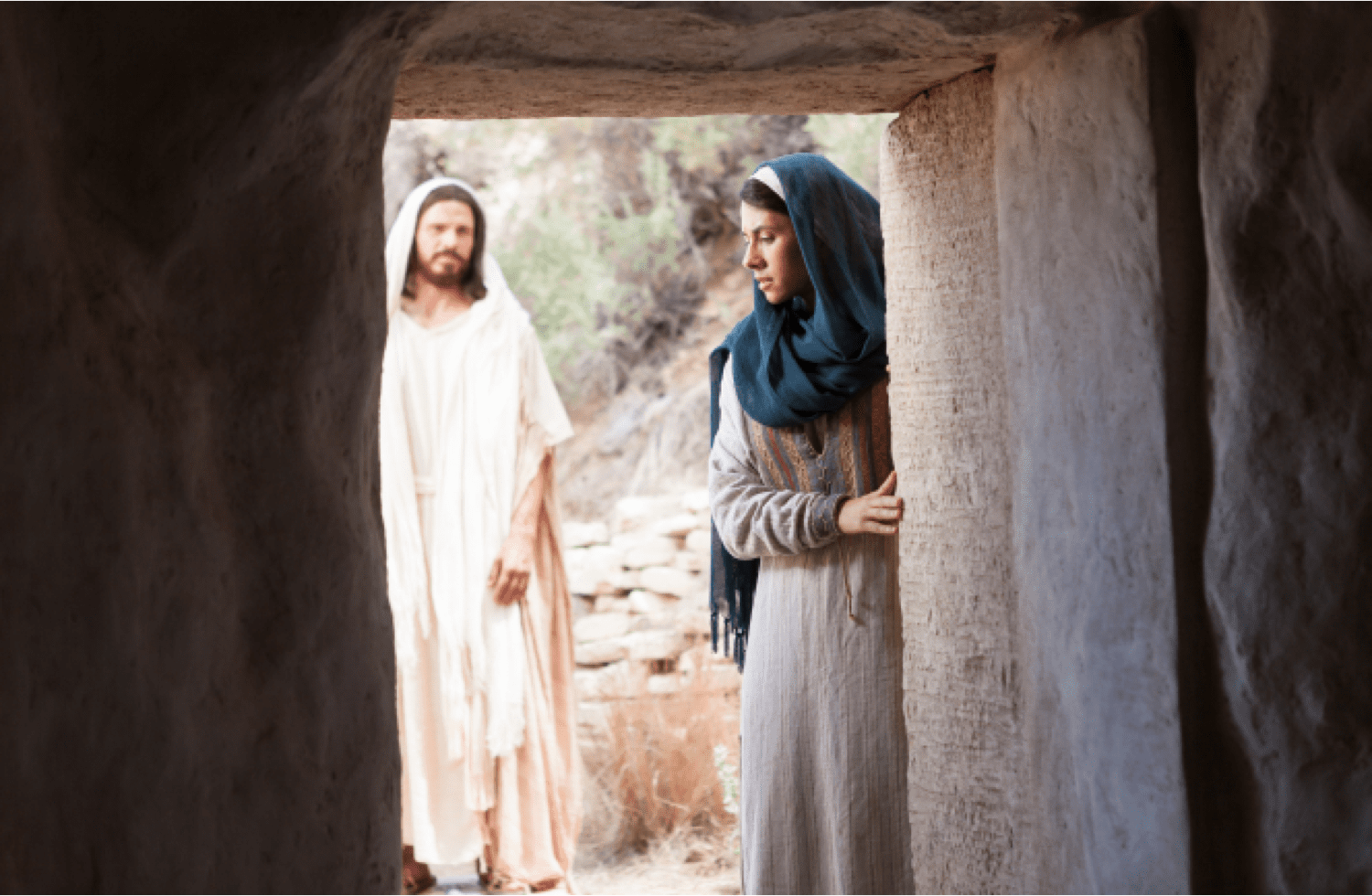Part 3 of my series on dust-related themes in the Book of Mormon has just published: “‘Arise from the Dust’: Insights from Dust-Related Themes in the Book of Mormon (Part 3: Dusting Off a Famous Chiasmus, Alma 36),” Interpreter: A Journal of Mormon Scripture 22 (2016): 295-318. This applies the lessons from Parts 1 and 2 to the debate about Alma 36 as a deliberate chiasmus. Yes, there is a debate, in spite of widespread recognition among LDS scholars (and even a few non-LDS scholars) of Alma 36 as a masterpiece and key example of the Book of Mormon’s many brilliant displays of chiasmus, for some parts of it become rather sloppy. In a couple of spots, many words spanning more than a single verse provide just one small concept in the chiasmus, allowing critics to claim that the chiastic structure reflects clever cherry picking by modern LDS scholars (John Welch) rather than clever drafting of Semitic poetry by an ancient author.
The arguments against Alma 36 are weak as a whole, in my opinion, though they do raise some legitimate concerns. However, once we understand how the theme of rising from the dust permeates the Book of Mormon and what the related complex of motifs mean, we can see that the weak portions of Alma 36 are actually imbued with more parallelism that previously recognized.
For example, once we know that falling to the dust/earth can be a symbol of physical as well as spiritual death, the three statements about Alma falling to the ground in the “sloppy” portion first half of the chiasmus are nicely balanced with the most appropriate opposite concept: being born again, which is mentioned three times in a sloppy portion of the second half. In fact, there is much more going on in these seemingly sloppy sections. By looking at dust-related themes, we can recognize that, in fact, there are a series of intertwined parallel structures that can be looked at as “strands” in the poem. The ones I isolate may be unintended and, yes, the result of my imagination, but there are enough interesting elements strengthening this chiasmus, including another possible wordplay near the pivot point, that at a minimum I suggest it deserves further work and more attention.
I would welcome your comments, both here and over at The Interpreter.










